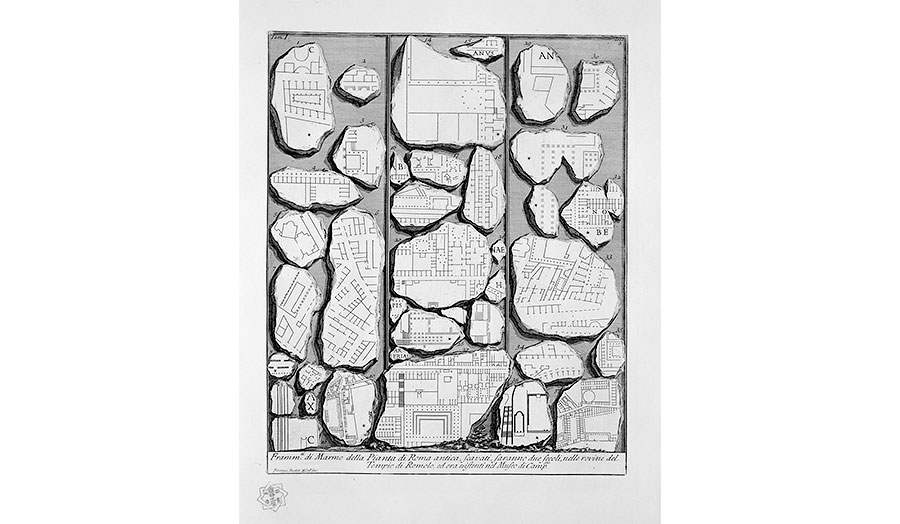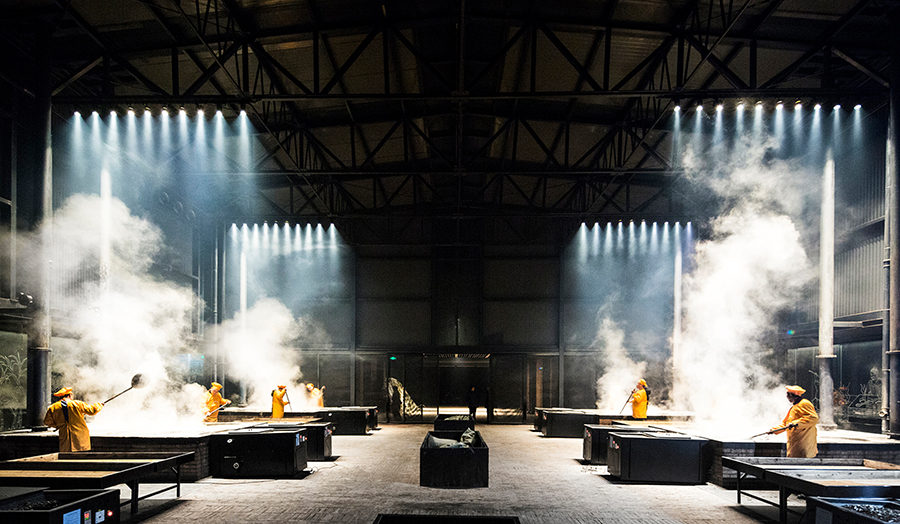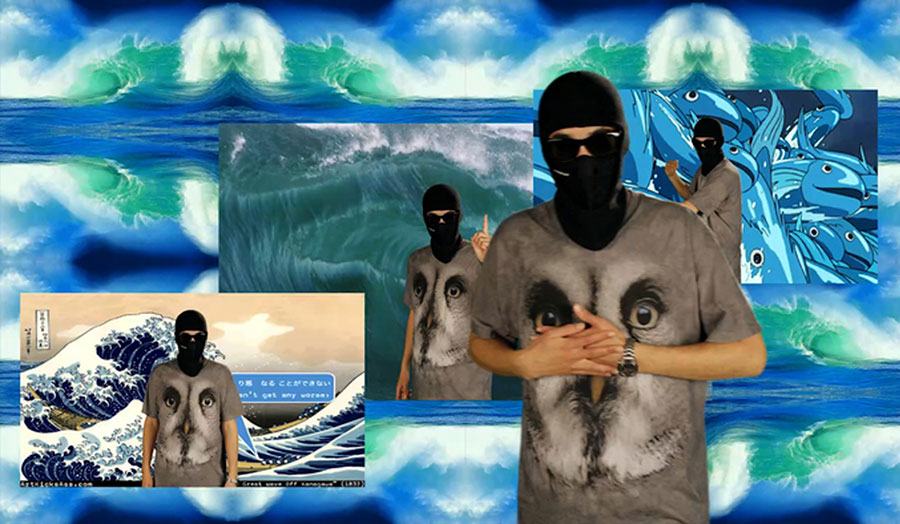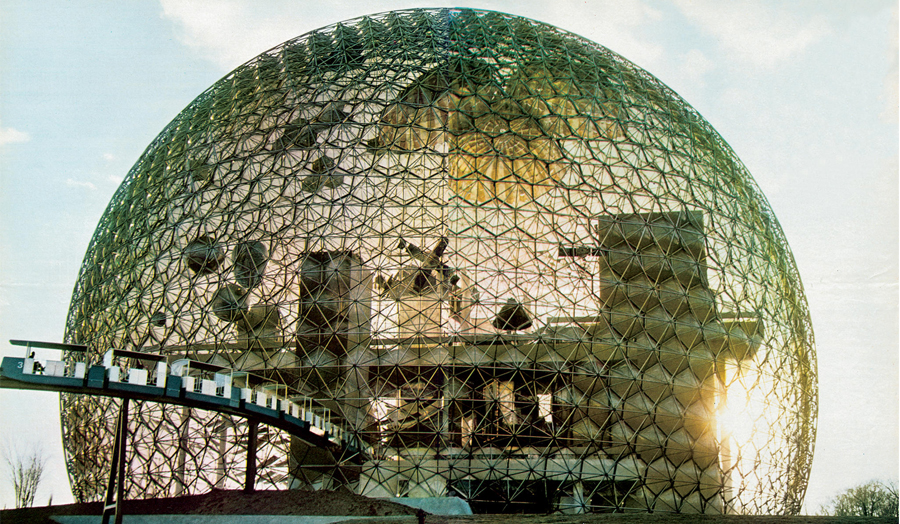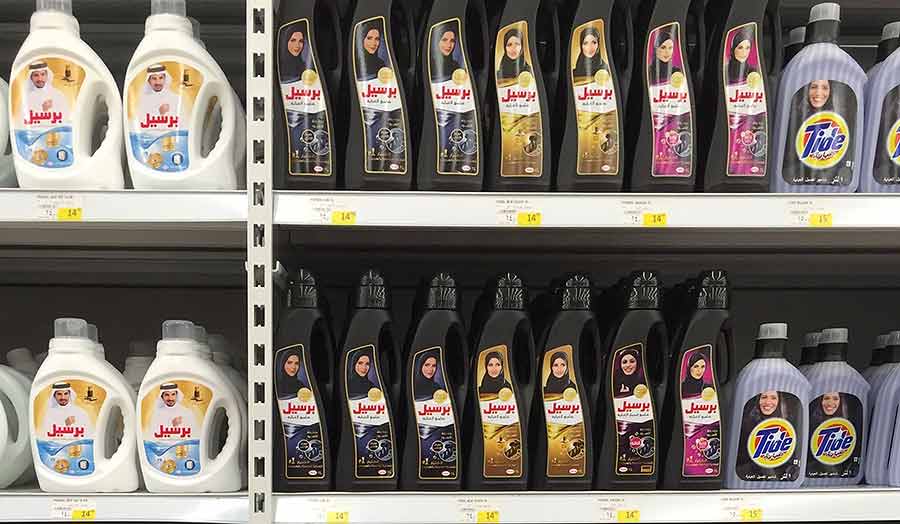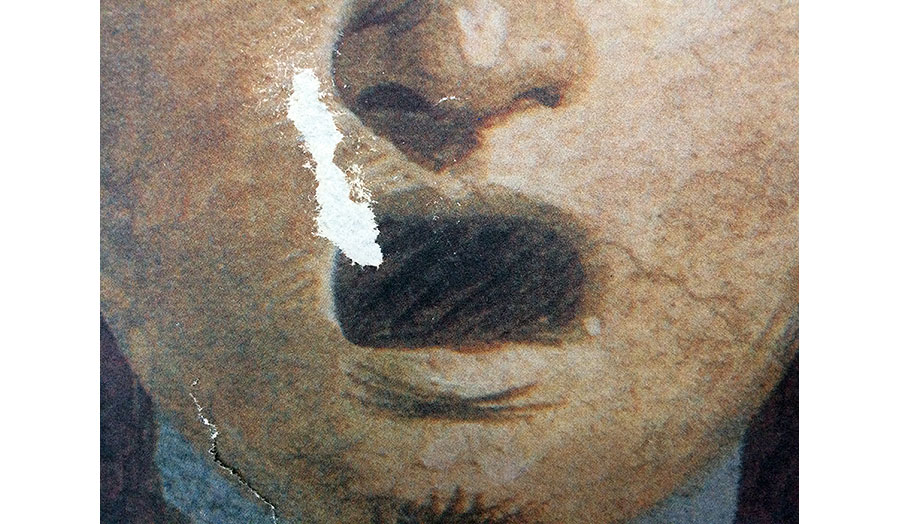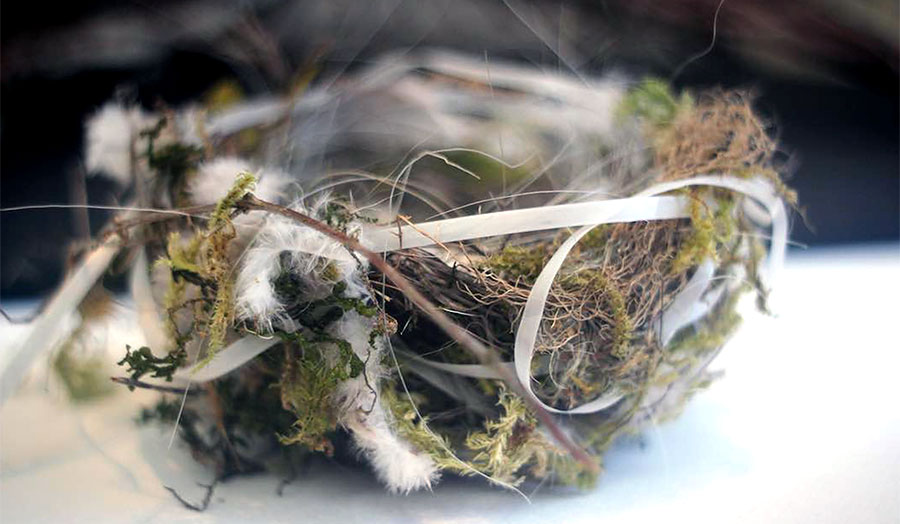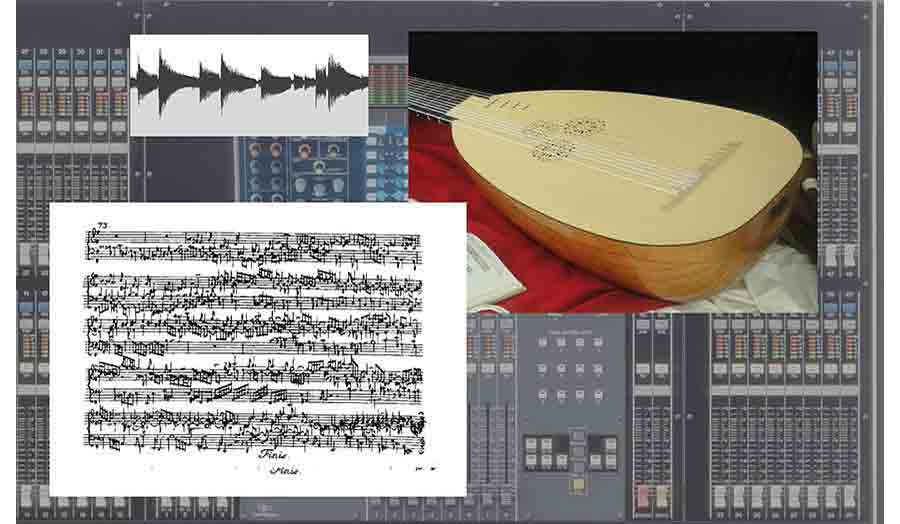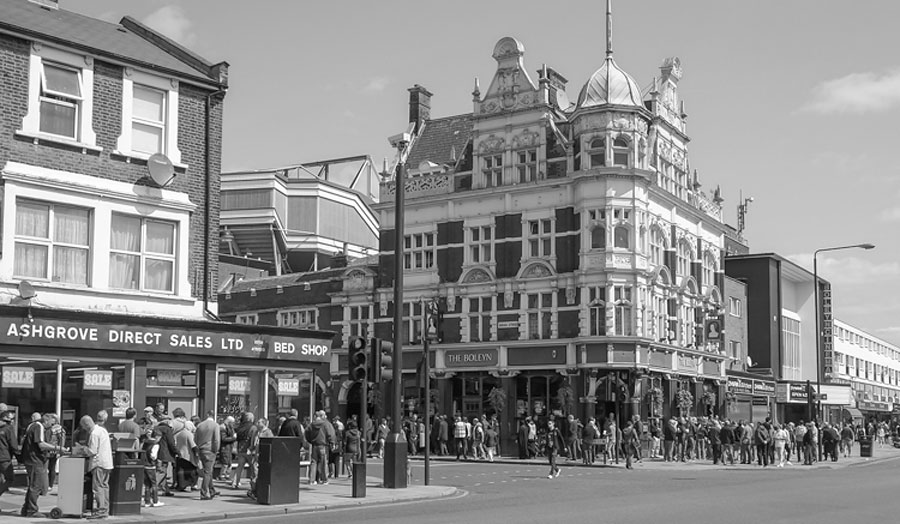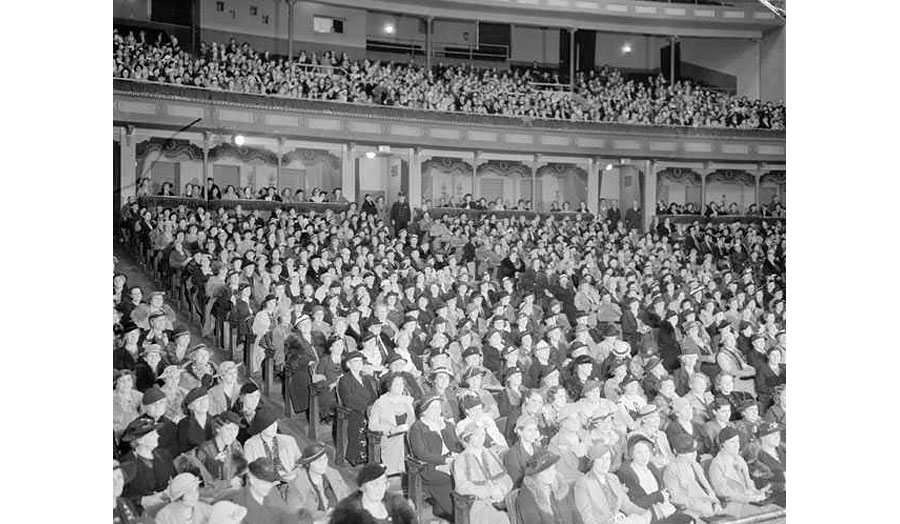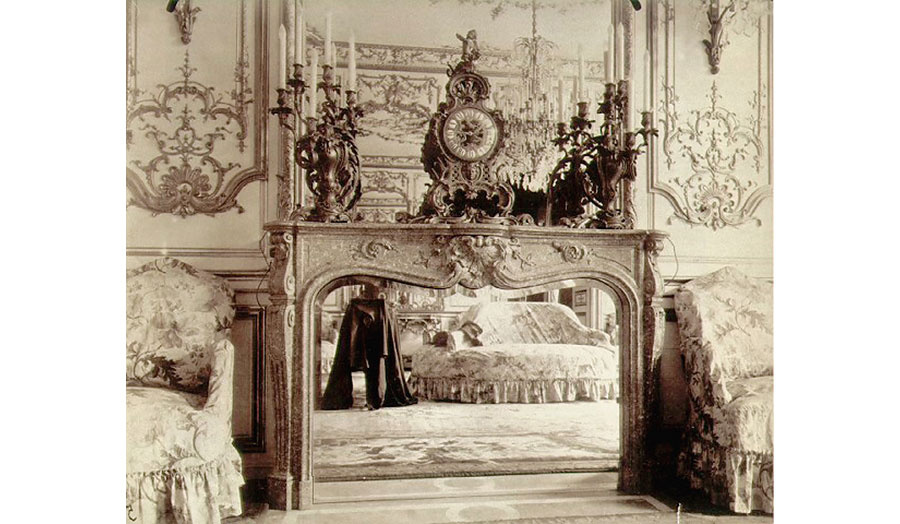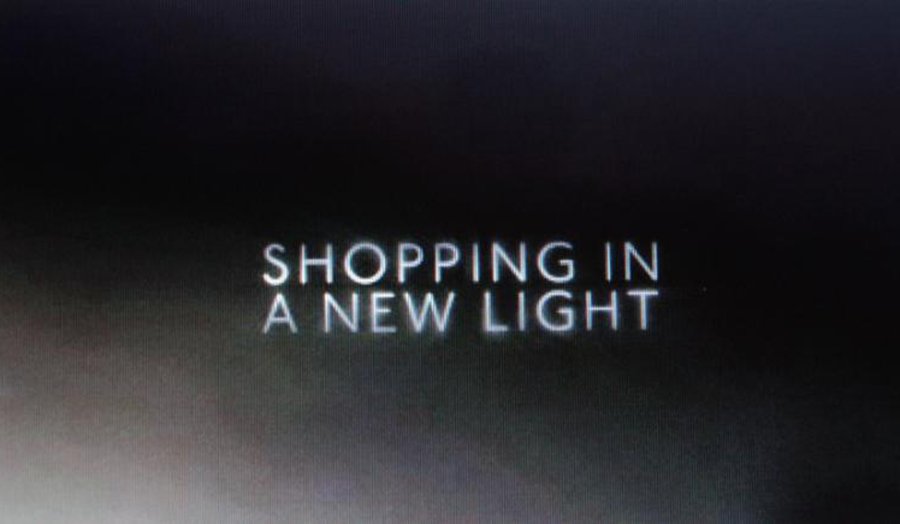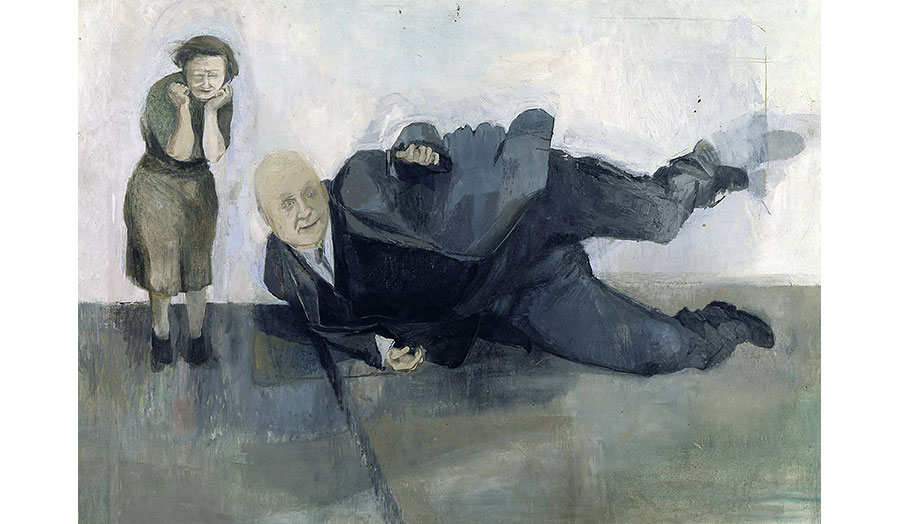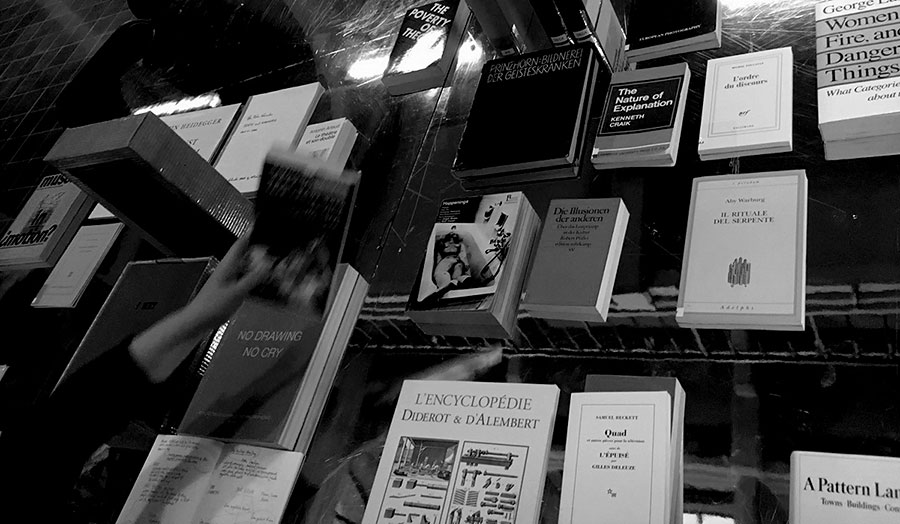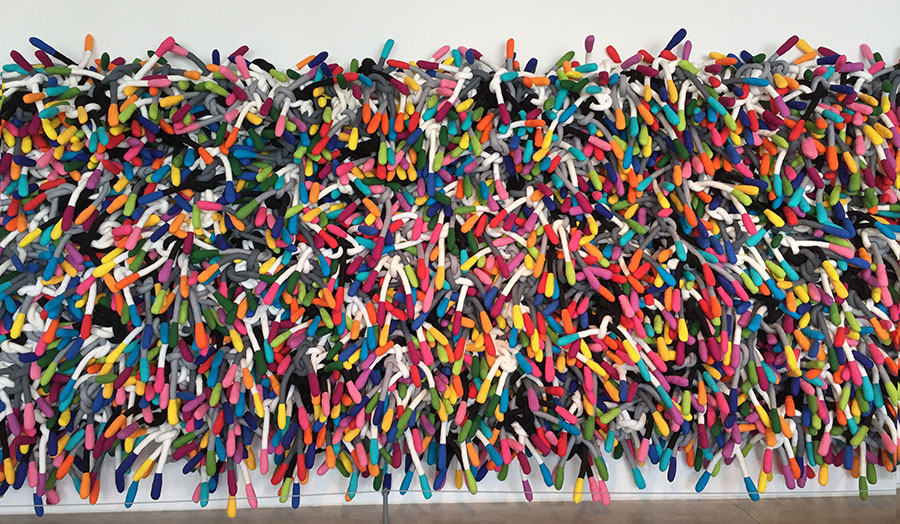Studio brief
Souvenir
This studio is concerned with those objects that are lent a particular enchantment because of their relationship with the past. It considers the role of memory and how it is embodied in cultural artefacts, such as postcards, photographs, war memorials, landscapes, gardens, tourist trophies, Victorian hair jewellery, mementos, family heirlooms and eBay bargains. It seeks to address the gaps between those private, small objects – the ephemera of everyday life which are often associated with the intimate spaces of the body – and the grander projects of the public body, often artefacts of enduring commemoration. Souvenirs are both traces of highly personal experiences and part of a growing nostalgia industry that is fed by the acts and artefacts of collective remembering.
First seven weeks
- Week one: Introduction to the studio. What is research?
- Week two: Exhibition of a relationship. Identifying a topic
- Week three: This week we are going to consider the relationship between the tourist industry and the souvenir. Trip to Southend or Brighton: send a postcard home. Take a look at Postcard from the Past on Twitter
- Week four: This week students will present their initial ideas to the rest of the group, either as a presentation or as a poster. Research skills
- Week five: London’s war memorials. This is a walking tour of London’s war memorials. In Whitehall, we will also have a look at the souvenir shops
- Week six: Digital souvenirs – this week we will concentrate on websites such as eBay, Depop, Instagram. Referencing / plagiarism
- Week seven: This week everyone will present their ideas to the rest of the studio
Films to catch if possible
Terence Davies (dir.) Of time and the city, 2008.
Grant Gee (dir.) Innocence of memories, 2015.
Visits
You might like to try mudlarking on the Thames in search of accidental souvenirs.
Have a look at Mark Dion’s work from Tate.
Suggestions for reading
- Baerenholdt, J.O., Framke, W., Haldrup, M., Larsen, J. and Urry, J. (2004) Performing tourist places, Farnham: Ashgate.
- Batchen, G. (2004) "Ere the substance fade: photography and hair jewellery" in Edwards, E. & Hart, J. Photographs, objects, histories: on the materiality of images, London: Routledge.
- Baudrillard, J. (1996) The System of objects, London: Verso.
- Kwint, M., Breward, C. and Aynsley, J. (eds) (1999) Material memories: design and evocation, Oxford: Berg.
- Nora, P. (1989) "Between memory and history: Les Lieux de mémoire", Representations, 26: 7-25.
- Shapton, L. (2009) Important artifacts and personal property from the collection of Leonore Doolan and Harold Morris, including books, street fashion and jewellery, London: Bloomsbury.
- Stewart, S. (1993) On longing, Durham and London: Duke University Press.
Biography of Dr Lesley Stevenson
Lesley has taught critical and contextual studies in a number of universities in the UK. In particular, she has tutored students to become successful independent learners in the completion of dissertations and theses at BA, MA and PhD levels. In 2015–16 she led the critical theory and design studio and in 2016–17, fashioning culture: clothing and the shaping of identity. She has an MA in Art History and Philosophy from Glasgow University and a PhD from the Courtauld Institute of Art. She has written several books, articles and exhibition catalogues on visual and material cultures, photography and cultures of consumption. Currently Lesley is working on a book on still life and death.
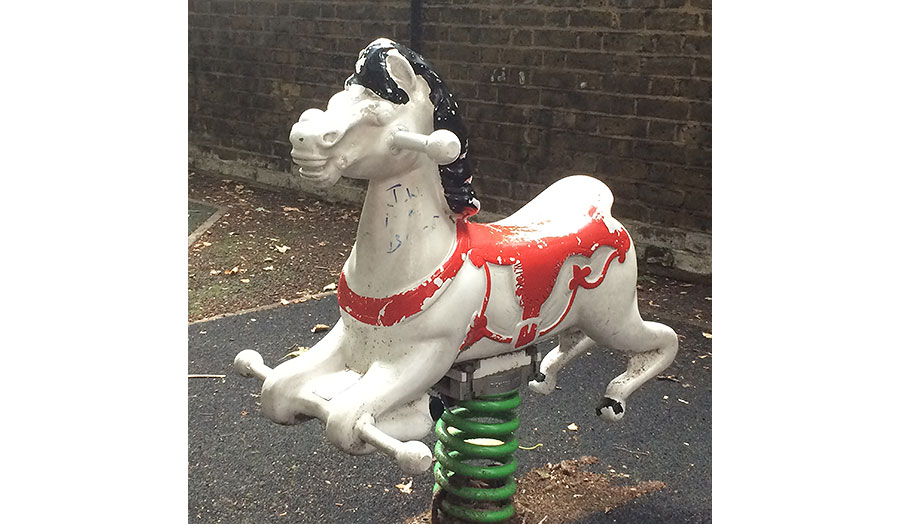
Details
| Tutor | Dr Lesley Stevenson |
|---|

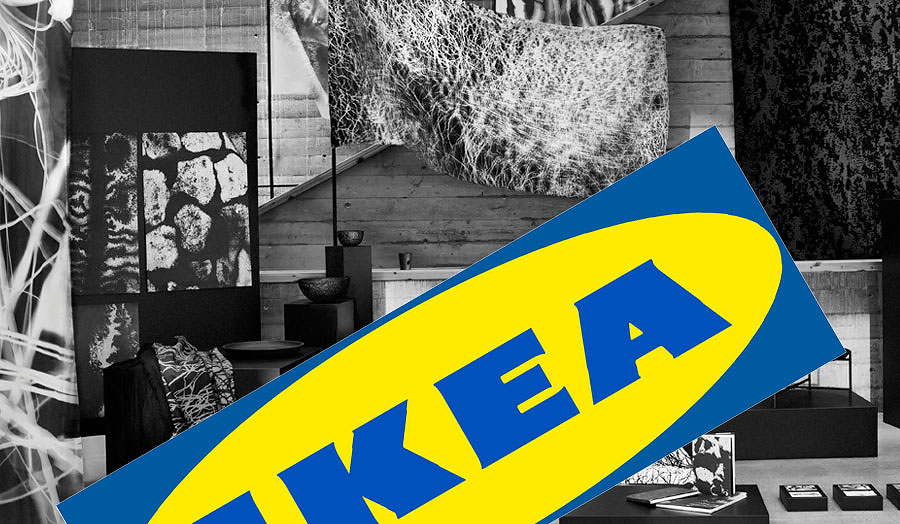
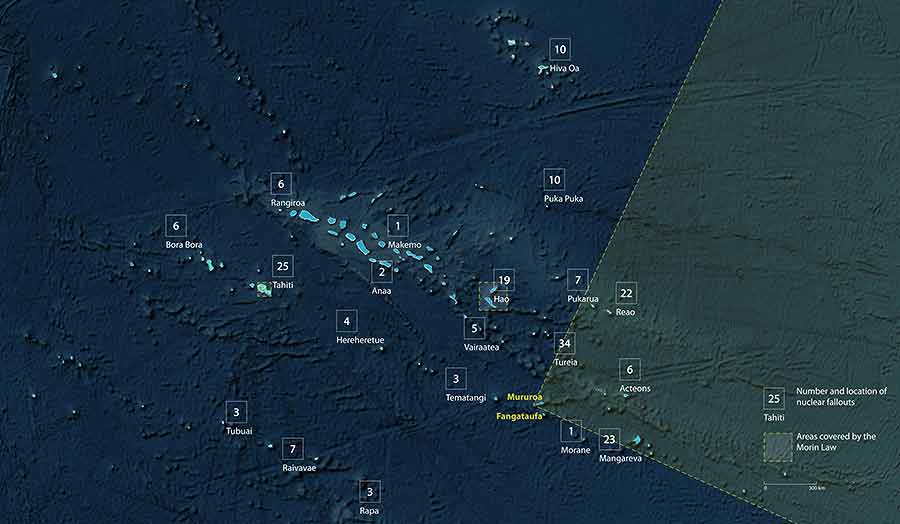
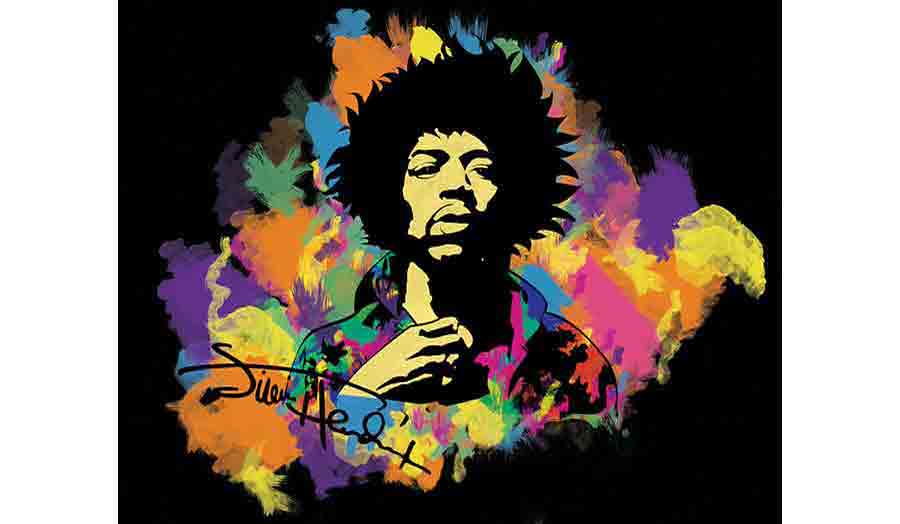
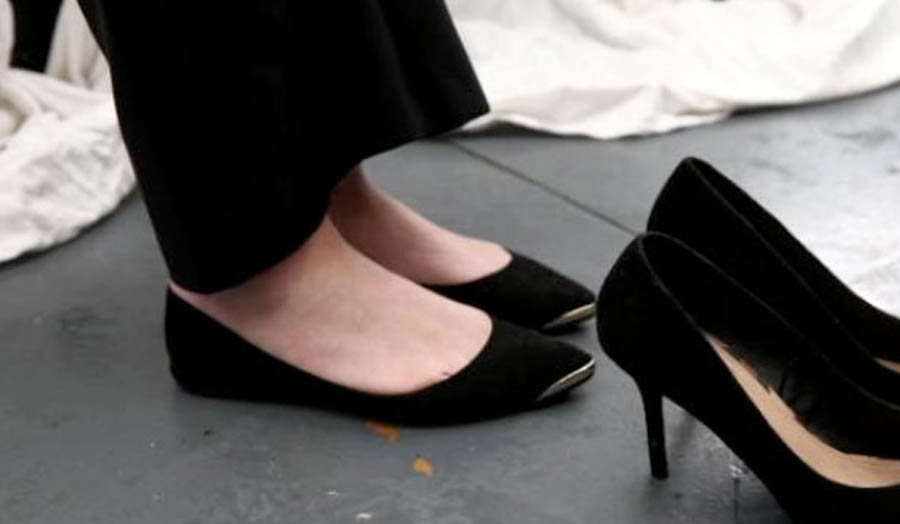
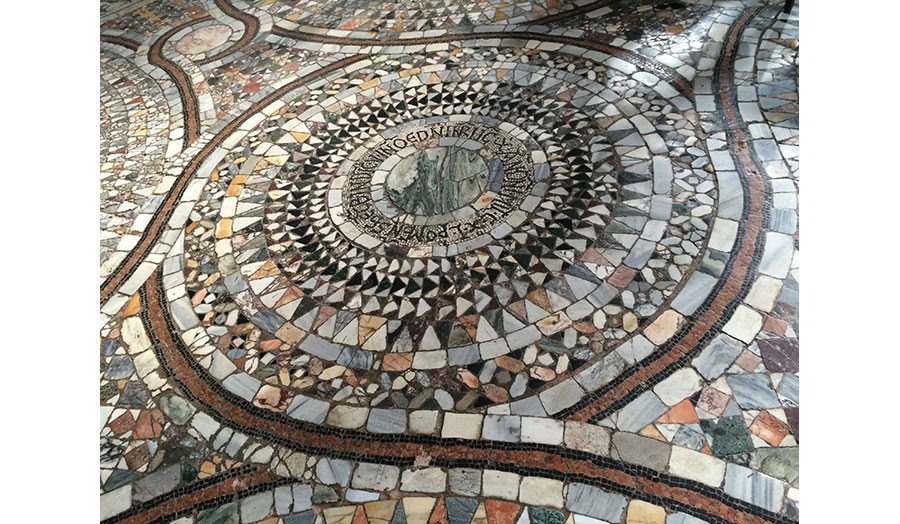
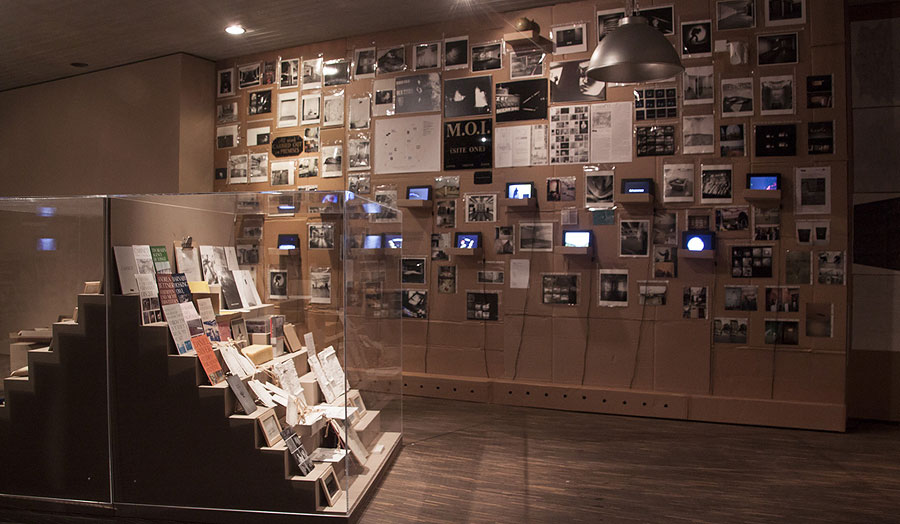
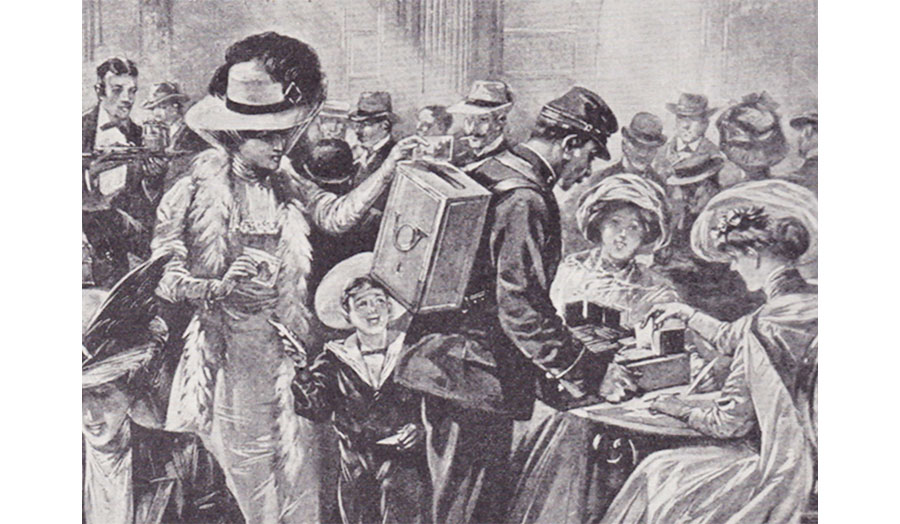
-(1).jpg)
